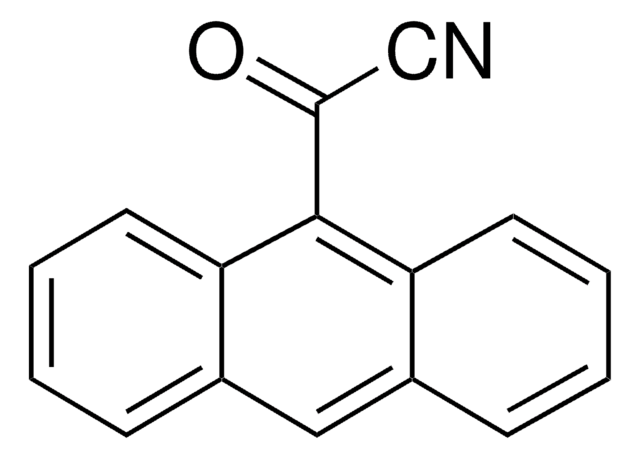15014
Ethanolamine
≥99%
Synonym(s):
2-Aminoethanol, 2-Aminoethyl alcohol, ETA, MEA, MEA 90, MEA-LCI, Monoethanolamine
About This Item
Recommended Products
vapor density
2.1 (vs air)
vapor pressure
0.2 mmHg ( 20 °C)
Assay
≥99%
form
liquid
autoignition temp.
1436 °F
expl. lim.
17 %
impurities
≤0.5% water (Karl Fischer)
ign. residue
≤0.05% (as SO4)
refractive index
n20/D 1.454 (lit.)
bp
170 °C (lit.)
69-70 °C/10 mmHg
mp
10-11 °C (lit.)
density
1.012 g/mL at 25 °C (lit.)
cation traces
Fe: ≤10 mg/kg
SMILES string
NCCO
InChI
1S/C2H7NO/c3-1-2-4/h4H,1-3H2
InChI key
HZAXFHJVJLSVMW-UHFFFAOYSA-N
Looking for similar products? Visit Product Comparison Guide
Application
- Catalytic performance and acidic analysis of chloroaluminate ionic liquid: Explores the effects of ethanolamine on the catalytic properties of ionic liquids in oil synthesis (Hu et al., 2024).
Other Notes
Signal Word
Danger
Hazard Statements
Precautionary Statements
Hazard Classifications
Acute Tox. 4 Dermal - Acute Tox. 4 Inhalation - Acute Tox. 4 Oral - Aquatic Chronic 3 - Eye Dam. 1 - Skin Corr. 1B - STOT SE 3
Target Organs
Respiratory system
Storage Class Code
8A - Combustible corrosive hazardous materials
WGK
WGK 2
Flash Point(F)
195.8 °F - Pensky-Martens closed cup
Flash Point(C)
91 °C - Pensky-Martens closed cup
Personal Protective Equipment
Certificates of Analysis (COA)
Search for Certificates of Analysis (COA) by entering the products Lot/Batch Number. Lot and Batch Numbers can be found on a product’s label following the words ‘Lot’ or ‘Batch’.
Already Own This Product?
Find documentation for the products that you have recently purchased in the Document Library.
Customers Also Viewed
Our team of scientists has experience in all areas of research including Life Science, Material Science, Chemical Synthesis, Chromatography, Analytical and many others.
Contact Technical Service








